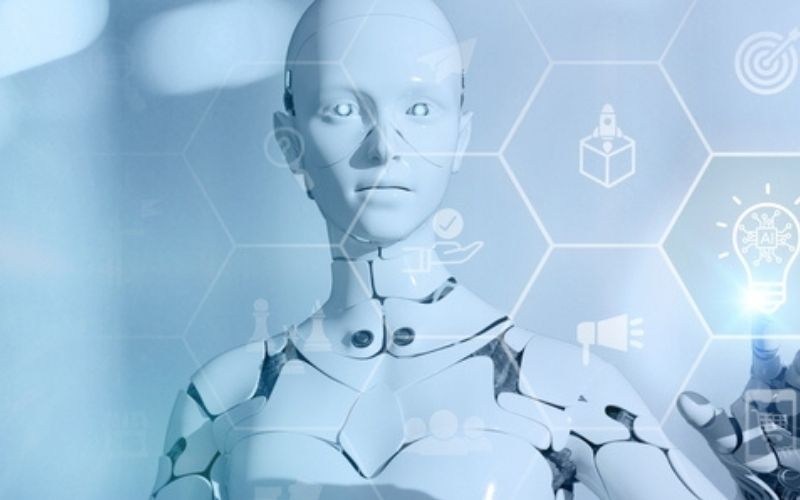Looking ahead to 2026, it is clear that this will be a transformational year for contact centers. We have already reached a pivotal moment where AI has shifted from isolated pilot programs to widespread adoption. According to Gartner, 85% of customer experience leaders are now implementing customer-facing GenAI solutions, unlocking benefits such as continuous 24/7 support, reduced operating costs, and significantly improved customer service.
As contact centres embark on the journey toward intelligent customer service, the path is defined by more than just technological upgrades, it’s a transformation that touches every facet of operations. The transition from static bots to agentic AI requires organisations to look beyond surface-level optimisation, fundamentally reimagining workflows and how support is delivered. Success hinges on managing risk, nurturing employees through change, and retaining a human touch alongside rising automation. As agent roles evolve and working environments shift, leaders must set clear boundaries and controls that maintain trust and accountability. Ultimately, this evolution is not simply about adopting smarter tools, but mastering the art of blending autonomy, oversight, and deeply personalised service, ensuring that both customers and agents thrive in a new era of AI-powered engagement.
Don’t just optimise existing processes
AI adoption alone doesn’t guarantee success. McKinsey’s latest research reveals that only 21% of organisations deploying GenAI have redesigned their workflows to truly support it. That leaves many stuck with static virtual agents that frustrate customers, overwhelm staff, and introduce new risks around data handling.
Most organisations simply bolt GenAI onto outdated triage and escalation flows. Instead, workflows need to be rebuilt with AI at the core, enabling faster resolutions, fewer handoffs, and a more seamless experience. It involves a journey from static or even conversational AI to agentic and hybrid AI, as we move into a new generation of intelligent systems designed to act, not just respond.
Always On, Always Personal
This shift is especially important as the flexibility of the modern workplace reshapes customer expectations. Contact centres must now be available whenever customers need them, which, in today’s world, means 24/7/365 support.
Interestingly, while customer communication has become less person-led, it has also become more personalised. Chatbots and voicebots routinely handle straightforward inquiries, and can use CRM data to tailor the conversation. When engineered and integrated effectively, these automated interactions deliver a level of personalisation that customers genuinely value, even if there were no humans involved in the process.
From Conversational to Agentic AI
Traditional bots were built to follow scripts. They could answer FAQs, route queries, and handle basic tasks, but they were limited by rigid decision trees and workflows. If a customer went off-script or asked something unexpected, the bot often hit a dead end.
Then came conversational AI, powered by natural language processing. These systems could understand intent, hold more fluid conversations, and personalise responses. But they were still largely reactive, good at answering, but not so great at doing.
We’re now moving beyond scripted virtual agents to agentic AI, where intelligent systems directly communicate with customers and have capabilities to act independently to the request to complete the transactions.
Agentic AI can understand complex requests across voice or chat, take autonomous action (like initiating refunds, booking appointments, updating records), and navigate systems without human handoff. These agents learn and adapt based on context, history, and outcomes, becoming smarter with every interaction.
In short, agentic AI is designed to execute, not just assist. It’s the difference between asking a bot for help and having an intelligent co-pilot who gets things done. Whether through voice or chat, these agents can resolve issues, complete tasks, and guide customers through complex journeys with minimal friction.
Imagine a customer requesting a refund. The AI not only understands the request but initiates the process, confirms the outcome, and updates the CRM – all autonomously. That’s the shift from reactive to proactive, from conversational to operational.
Hybrid intelligence: Scaling with humans in the loop
It’s important to recognise that agentic AI doesn’t replace human agents, instead it complements them. In hybrid models, AI handles routine tasks while humans focus on empathy, nuance, and complex problem-solving. This not only improves operational efficiency but also boosts employee satisfaction by reducing burnout and allowing agents to focus on higher-value work.
As we push the boundaries of automation, the most effective contact centres will be those that embrace hybrid intelligence. AI will take care of the repetitive, time-consuming tasks, while humans step in for emotionally sensitive or high-stakes interactions. This approach scales efficiently, supports agent well-being, and improves retention, all while delivering better customer experience.
With AI adoption surging and customer expectations rising, static bots simply don’t cut it anymore. Agentic AI enables scalable, intelligent, and proactive service, the kind that builds trust, loyalty, and competitive advantage.
Adopting AI with confidence
As we look ahead, one thing is clear, AI is no longer a future consideration, it’s happening today. But to unlock its full potential, organisations must move beyond surface-level adoption and embrace a deeper transformation. That means rethinking workflows, investing in agentic capabilities, and designing hybrid models that empower both machines and people.
This journey isn’t linear. Understanding the nuances between different AI capabilities, particularly in voice, has proven complex. From scripted bots to conversational AI and now agentic systems, each phase has required a shift in mindset, architecture, and expectations. Voice interactions demand a higher level of contextual awareness, emotional intelligence, and real-time responsiveness, making them one of the most challenging yet rewarding capabilities for AI to master. The contact centre of the future won’t just answer questions, it will solve problems, anticipate needs, and deliver outcomes. Through a thoughtful blend of automation and human insight, it will evolve continuously, learning from every interaction and adapting to meet rising expectations. For organisations looking to explore what this future could look like, now is the time to start the conversation.

